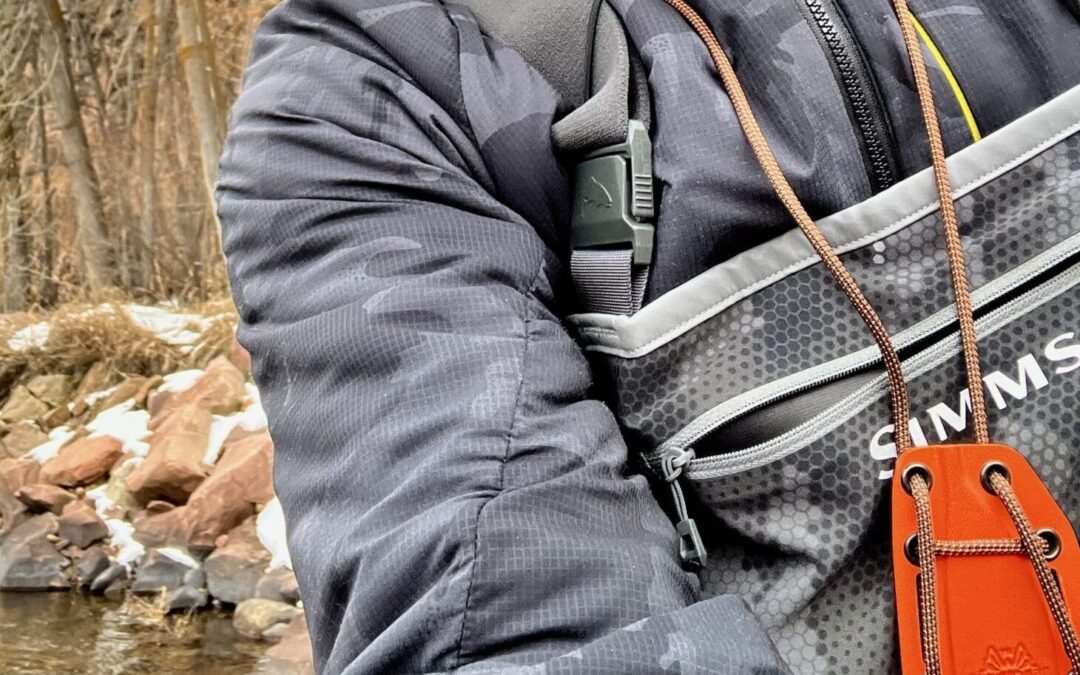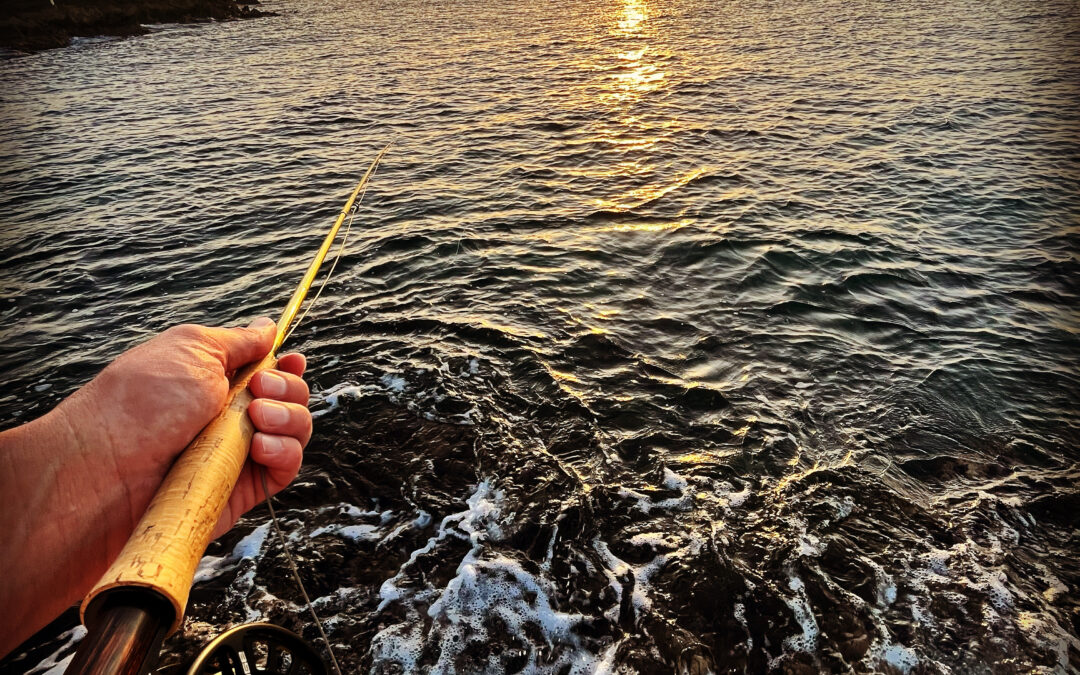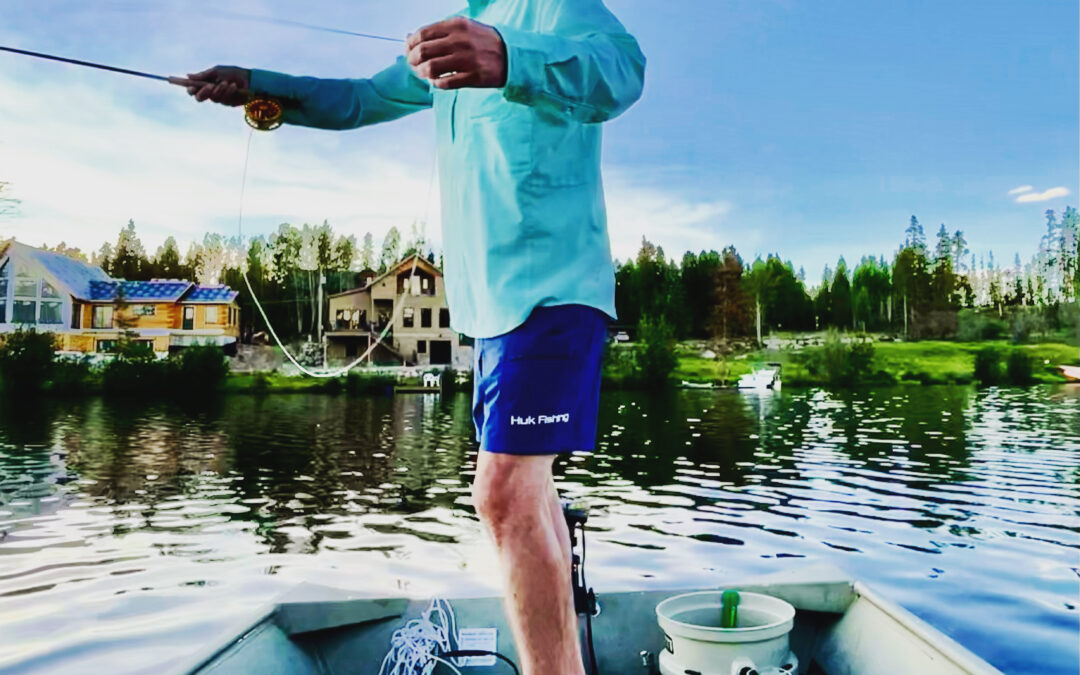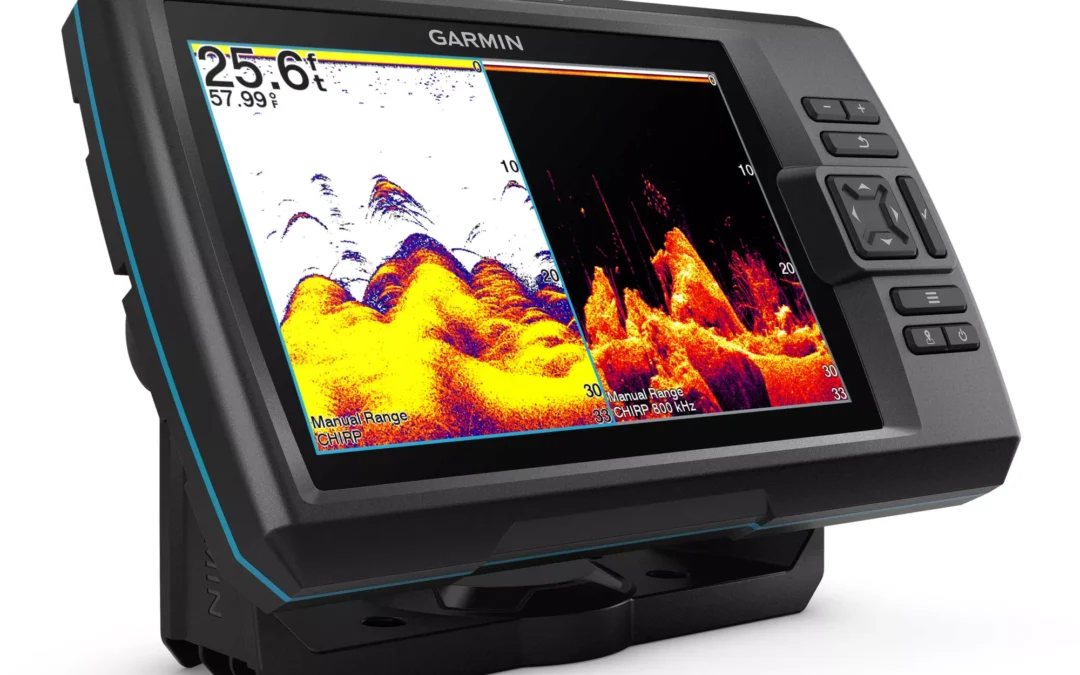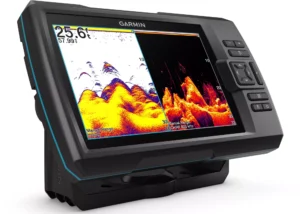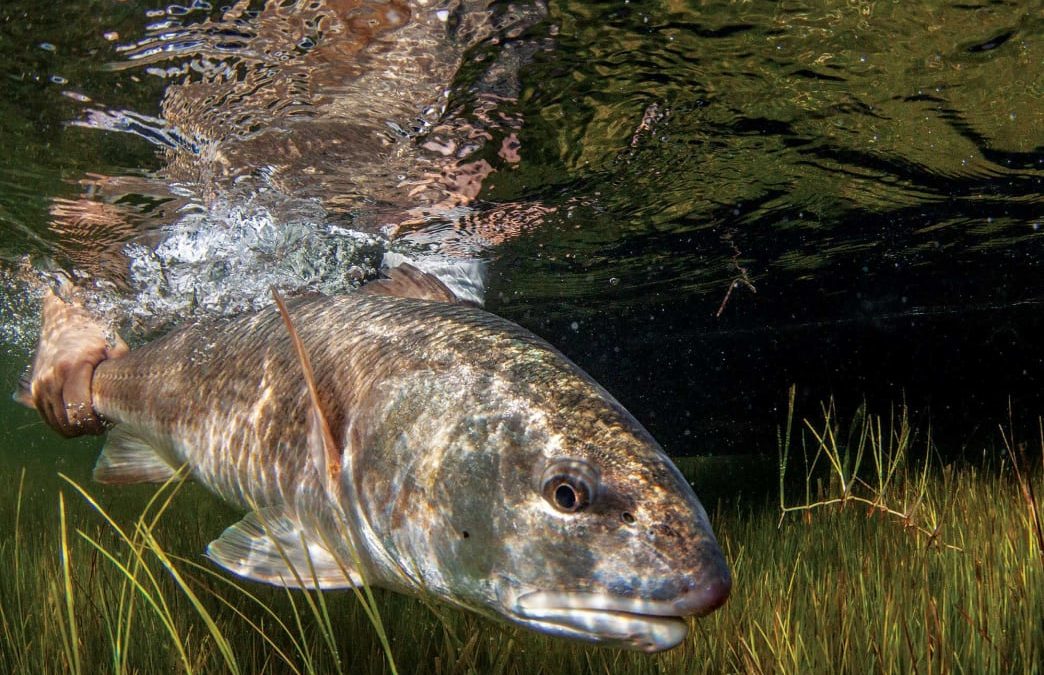Thanks to a burgeoning conservation ethic, many saltwater anglers choose to release their catches. Others do so because of fishery-management rules, or because it’s required in tournament regulations. As a result, anglers release many, many saltwater fish every year. But just how many?
In my home state of Georgia, anglers released more than 1 million red drum during 2018, according to the Marine Recreational Information Program. For the entire United States, that number climbs to 18 million redfish released. The MRIP estimate for the number of released fish of all species during 2018 is an astounding 605 million.
While we optimistically believe that most of these fish survive, the reality is much more complicated.
Multiple factors, often combined, determine the fate of a released fish, such as how the fish was caught and handled, the fish’s environment, and ecological conditions—including predation. These interactions are unique to each species and situation.
Given the importance of the angler in this complex interaction, biologists and regulators have expended much effort to develop guidelines for catch-and-release fishing. These angling best practices, when used, markedly increase post-release survival. For many years, these methods remained simple and were based on common sense, such as handling a fish with wet hands.
Today, after hundreds of studies evaluating the effects of everything from hook type to handling devices, these best practices have evolved. The studies validate the benefits of some well-known techniques yet reveal that some methods and behaviors are more harmful than once believed.
The Point of the Matter
Hooking injury is considered a primary cause of post-release mortality. Ideally, a fish should be hooked in or around the immediate area of the mouth—lip, tongue, jaw hinge—or just inside the oral cavity. Most lures with single or treble hooks achieve that outcome. However, treble hooks also can injure a fish’s eye or result in foul-hooking.
Conventional J hooks, when used with natural or synthetic scented baits, can be swallowed deeply into the throat or digestive tract. Pulling on a hook lodged in such a location can cause injury to the heart, liver, gill arch, kidneys, stomach and intestines. Attempts to remove the hook only increase the severity of such injuries.
Research backs up the long-standing belief that removing hooks that are not easily accessible in the mouth region should be avoided. The Florida Fish and Wildlife Conservation Commission, in its guidance for fishermen, references an agency study that showed four of 12 deep-hooked snook died when anglers removed embedded hooks, compared with zero mortality when leaders were cut and hooks left intact. Fish can dislodge, expel or simply render a hook inert, especially if it’s made of a material such as bronze, which degrades quickly from the combined effects of salt water and the fish’s body chemistry.
Happily, the number of deep-hooked fish has declined dramatically in recent years due to the revival of an ancient hook design. When rigged and used properly, circle hooks penetrate the lip or jaw-hinge area, causing minimal anatomical damage yet producing a strong connection point. Furthermore, studies show that inline circle hooks—those having the point aligned with the shaft—prove most effective at reducing deep-hooking.
In a 2007 South Carolina Department of Natural Resources study, researchers compared the performance of a J hook, an offset circle hook and an inline circle hook used on subadult red drum. Inline circle hooks attached in the jaw, tongue or inside of the mouth area in 90 percent of the fish. Offset circle hooks resulted in mouth- or jaw-hooking 80 percent of fish, and J hooks, 60 percent. Inline circles also generated the lowest rate of subadult mortality: 2 percent. Researchers found similar results with adult red drum, where the circle hook performed better than the J hook.
Despite these conservation benefits, circle hooks don’t work in every angling situation. When J hooks are needed, anglers should opt to use the smallest size—in length, width and wire diameter—to minimize fish injury. They should also consider barbless versions because removing a barbed J hook usually takes longer, thereby increasing handling time.
Time Matters
Fish lead active lives chasing prey and escaping predators. At the same time, they must adapt to varying extremes in their environment. Every species has its physiological tolerances, but those tolerances have limits.
Once a hooked fish starts resisting, a stress response begins that can interfere with normal respiration and alter the fish’s body chemistry. The longer the duration of the stress response, the more likely there will be long-term or permanent negative effects.
A 2010 Florida study compared several stress-indicator blood-chemistry parameters in subadult and adult tarpon caught on hook-and-line gear with that of tarpon resting at a holding facility. Experimental treatments included holding the hooked fish vertically versus horizontally, and exposing them to ambient air for 60 seconds compared with leaving them in the water. In this study, the duration of time between hooking and landing had more effect than handling time and method on stress-indicator levels.
A fight of even short duration can exhaust a fish, impairing its ability to evade predators and carry on with life as usual. Research has shown that a significant source of postrelease mortality in tarpon and bonefish is shark predation. The time needed to recover full function varies from species to species and can be greatly influenced by factors such as water temperature.
Holding a lethargic fish in the water with its head into the current can help accelerate its recovery. Once the fish resists, release it.
The take-home message: Choose tackle that allows you to bring the fish to hand in the least amount time yet provides for the enjoyment of successfully angling the fish. When I target adult red drum, I plan to have them to the boat in five minutes or less. If you choose to use light tackle for large fish, do so with the recognition that you’re consciously increasing the chances that the fish will perish.
Landing Gear
Once anglers subdue fish, they have a responsibility to release them in the most expedient manner. Some species can be more sensitive to the effects of handling than others.
In contrast to the 2010 study on tarpon, mentioned above, a 2016 Virginia Institute of Marine Sciences study showed that removing white marlin from the water and exposing them to air had a more pronounced effect than fight duration on postrelease survival for that species. Research also has revealed that warm air can quickly dry delicate gill filaments, causing them to become nonfunctional.
If you choose to bring a fish into the boat before release, preferred options include the use of hands to lip grippers to landing nets—never gaffs. Wet, gloved hands or a handheld wet towel can effectively control small- to medium-size fish such as seatrout and bonefish but can be inadequate for larger, more vigorous animals. When using hands, always keep the fish in a horizontal position supporting its weight, and avoid any contact with the gills and eyes, which can be easily damaged.
Lip grippers, such as the BogaGrip, have steadily grown in popularity, but their design often tempts anglers to support the entire weight of the fish vertically. Research has shown that doing so can cause debilitating injury to mouth parts, internal organs and skeletal structure, especially for larger fish. When using grippers, support the fish’s weight with a hand under its abdomen.
A 2009 Australian study of barramundi (20 to 40 inches in length) handled with lip grippers provides some perspective. Researchers lifted 10 fish vertically without any additional support—all the fishes’ weight was supported by the mouth parts. Eleven were lifted in a horizontal position with a hand supporting the belly of the fish. Lifting fish using grippers without support increased the severity of mouth injury and altered the alignment of vertebrae, which did not return to normal for three weeks.
Landing nets, used frequently for small- to medium-size species, offer many advantages such as reducing fight time, controlling fish movement to allow for hook removal and preventing the fish from being dropped. Yet landing nets also can potentially harm fish by removing the protective mucus layer, dislodging scales and damaging fins.
Recognizing this, most net manufacturers offer a knotless rubber model, some with the further modification of a flat bottom to prevent fish from rolling in the net and damaging fins. Another study of barramundi in 2008 showed that a landing net of this design resulted in significantly less fin damage and abrasions when compared with a traditional knotted net.
Pressure Drop
Many species most prized by saltwater anglers live near the ocean bottom, sometimes in extreme depths. Granted, we usually pursue them as table fare, so catch-and-release is not typically the targeted outcome. But in today’s world of restrictions on size, quantity and season, releasing reef fish has become part of our new reality—as are the challenges of ensuring postrelease survival for an animal pulled up from 20 fathoms.
Species such as snappers and groupers have air bladders, which allow them to make fine-scale adjustments in their buoyancy. However, when we rapidly pull these fish from the seafloor to the surface, an uncontrolled expansion of their air bladders can cause barotrauma.
Most anglers know the symptoms: bulging eyes, stomach protruding from the mouth, a distended abdomen, and lack of equilibrium when returned to the water. When released, these fish can’t submerge, which makes them easy pickings for predators. In addition, prolonged barotrauma causes irreversible anatomical damage and extended physiological stress, often leading to death.
For many years, anglers have been advised to treat barotrauma in a fish by venting—puncturing its air bladder with a hollow needle. However, venting causes injury, creating additional stress and an opportunity for infection. If you choose to vent, be sure to do it properly. There’s no doubt venting beats simply discarding a fish with severe barotrauma, but there’s a better way.
Several devices on the market now allow anglers to lower the fish to depth, allowing it to recompress, alleviating the effects of barotrauma (visible and nonvisible). Additionally, these devices return fish to an environment of optimal conditions while hopefully bypassing some of those hungry predators. Collectively known as descending devices, these products have proved to increase postrelease survival in bottomfish.
In a 2015 Gulf of Mexico study, red snapper returned to the seafloor with a descending device fared better than fish that were vented or untreated. Survival rates for descended fish rose during summer, when sea-surface temperatures exceeded those at the seafloor. Research has also shown the benefits of descending devices for Pacific rockfish, reef fish in Australia and even walleye in freshwater lakes.
Descending devices hold such great promise for improving bottomfish survival that the South Atlantic Fishery Management Council has requested the National Marine Fisheries Service make a rule requiring anyone who possesses or is fishing for snapper-grouper species have such a device on board. If approved by the Secretary of Commerce, this requirement will go into effect sometime in 2020.
Choice or Law?
Fishery management and catch-and-release fishing succeed only when a high percentage of released fish survive. Thanks to years of study and on-water experiences, we now have angling best practices that, when followed, maximize survival chances. The quandary becomes whether to mandate the use of some or all of these angling best practices or to rely solely on voluntary compliance. Not surprisingly, angler opinion is divided.
Government entities, conservation groups and the marine industry invest vast sums of money and effort in promoting angling best practices. In some jurisdictions and fisheries, these government entities mandate the use of some types of tackle and gear or disallow certain activities.
For example, circle hooks must be used for billfish, sharks, reef fish, and striped bass in some areas and situations. Federal regulations prohibit marlin or sailfish from being removed from the water, if the fish won’t be kept. Florida law also forbids anglers from removing tarpon over 40 inches from the water.
Whether by choice or legal mandate, anglers have the responsibility to use best practices and to advocate their use to others. This might mean changing behaviors and postponing the catch of the next fish for the benefit of the one in hand. After all, a fish that survives after release is a potential future catch. And we are always looking forward to that next catch.
Tagging Tales
Determining the postrelease survival of fish caught on hook-and-line gear can be daunting. The study methods themselves—taking blood samples, marking, handling, confinement—can mask or amplify the effects of the catch.
Ideally, the fish should suffer the least amount of additional stress and be released into the same environment from which it was caught as quickly as possible. Oh, and yes, the scientist must be able to determine if the fish remains alive or dies during a minimum of 24 hours—and, ideally, for weeks, if not months.
This was once thought impossible, but not anymore, thanks to technological advances in batteries, microcircuitry and satellite communications. Acoustic telemetry and pop-up satellite archival tags (PSATs) have revolutionized scientists’ ability to document the fate of hook-caught-and-released fish.
In a 2015 North Carolina study, researchers used externally attached acoustic tags to document the fate of scamp, snowy grouper and speckled hind caught from depths of 200 feet and treated with a descending device. Previous knowledge suggested that any fish brought up from those depths perished. However, this study reported a 50 percent survival rate after 14 days, showing that recompression can increase postrelease survival in deepwater species.
PSATs have been used in multiple studies of billfish and tunas, species that are notoriously difficult to study with conventional methods. One such project using these tags on juvenile bluefin tuna revealed almost 100 percent postrelease survival, and concluded that the recreational catch-and-release troll fishery for school-size Atlantic bluefins does not represent a significant source of fishing mortality.
Best Practices
For more information about properly releasing fish, consult these resources:
About the Author
Capt. Spud Woodward retired in 2018 after 34 years with the Georgia Department of Natural Resources serving in various positions from senior biologist to division director. He is the vice chairman for the Atlantic States Marine Fisheries Commission and a member of the South Atlantic Fishery Management Council.
Written by Capt. Spud Woodward/Sportfishing Mag for Popular Science and legally licensed through the Matcha publisher network. Please direct all licensing questions to legal@getmatcha.com.
